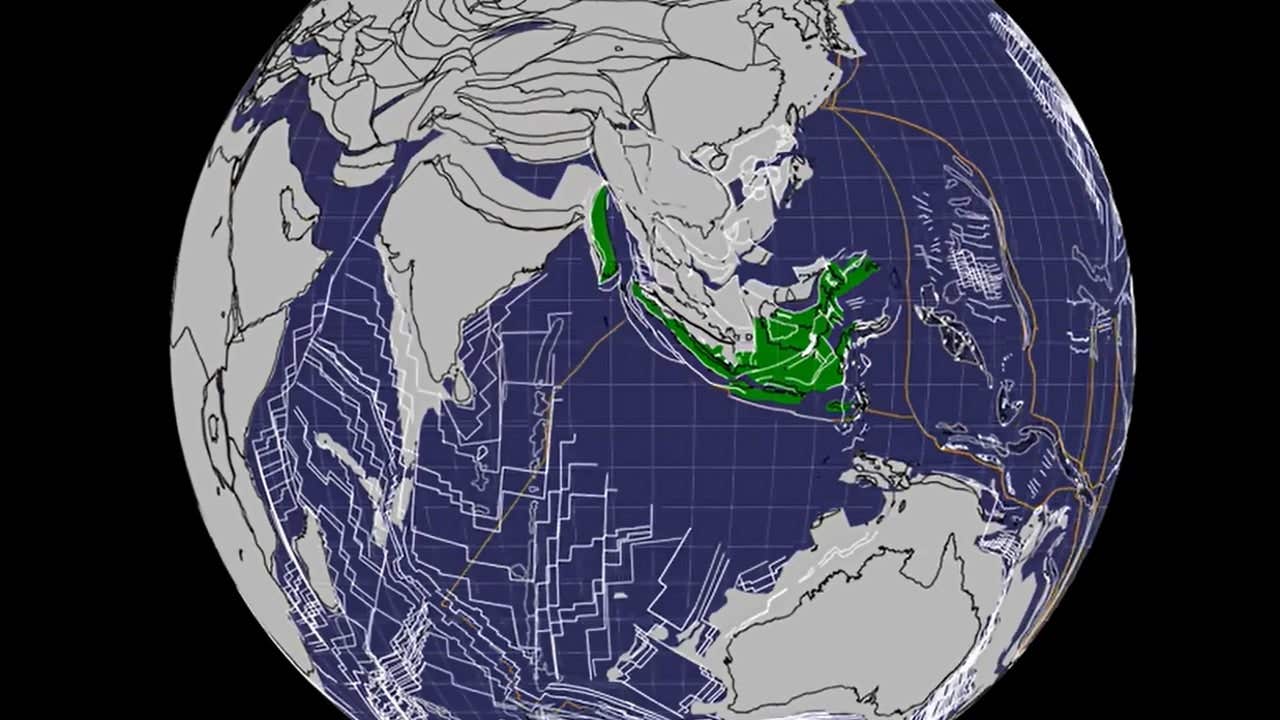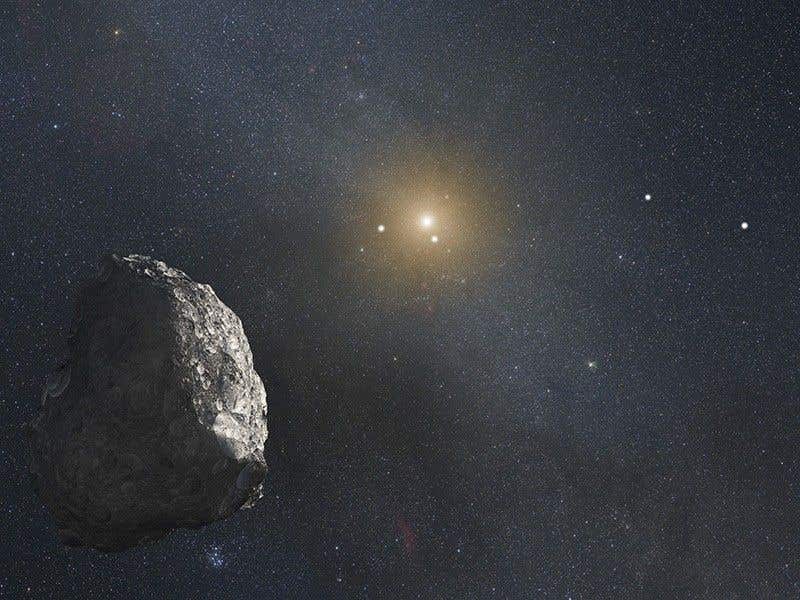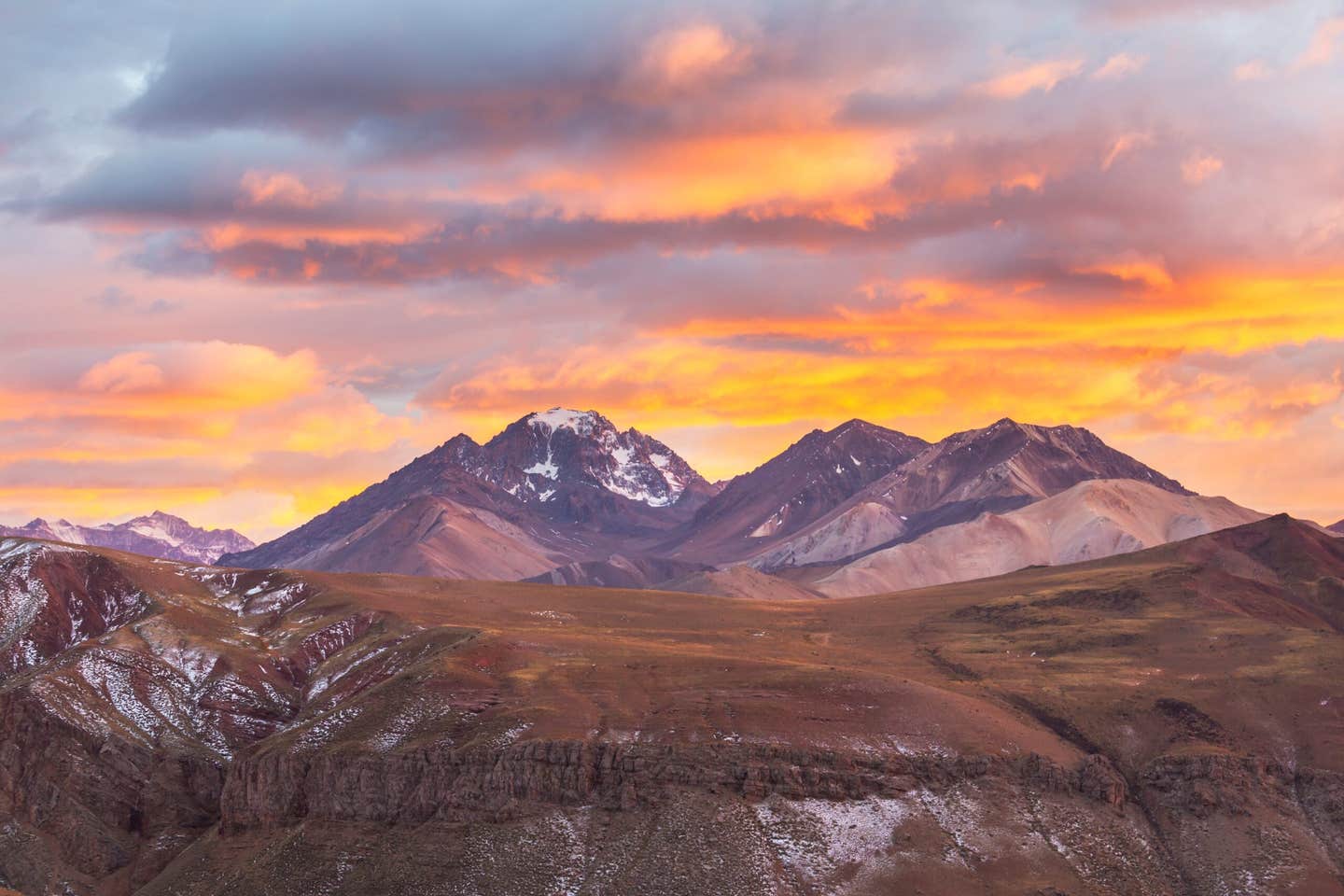Scientists discover ‘lost continent’ from over 100 million years ago
This submerged feature has led to the recognition of a previously unknown continent, which has been dubbed Argoland.

This submerged feature has led to the recognition of a previously unknown continent, which has been dubbed Argoland. (CREDIT: YouTube screenshot/Faculty of Geosciences Utrecht University)
Geologists have long been aware of a significant geological event that occurred approximately 155 million years ago off the coast of western Australia. This event involved a 5000 km long segment of land breaking away, leaving behind a noticeable depression in the ocean floor known as the Argo Abyssal Plain.
This submerged feature has led to the recognition of a previously unknown continent, which has been dubbed Argoland. Analysis of the seafloor structure indicates that Argoland drifted northwestward, ultimately arriving in the vicinity of present-day Southeast Asia.
However, despite the proximity of Southeast Asia to where Argoland was believed to have ended up, there is no large landmass beneath those islands. Instead, only small fragments of continental material remain, surrounded by much older oceanic basins. This raises the question: what happened to Argoland?
Researchers from Utrecht University have endeavored to reconstruct the history of this lost continent. Their findings indicate that while Argoland has fragmented over time, it has not disappeared entirely. Douwe van Hinsbergen, a geologist at Utrecht University, notes the significance of this discovery, stating, “Otherwise, we would have been faced with a major scientific problem.”
Geologists classify the Earth's crust into two main types: the denser oceanic crust and the lighter continental crust. Similar to Argoland, another lost continent called Greater Adria also consisted of fragments separated by narrow ocean basins.
Although Greater Adria eventually submerged into the Earth's mantle, leaving behind only its top layer to form the mountains of Southern Europe, Argoland did not leave such a clear geological imprint.
Related Stories:
According to Van Hinsbergen, understanding the fate of lost continents is crucial for reconstructing past geological events and landscapes.
He explains, “Those reconstructions are vital for our understanding of processes like the evolution of biodiversity and climate, or for finding raw materials. And at a more fundamental level: for understanding how mountains are formed or for working out the driving forces behind plate tectonics; two phenomena that are closely related.”
Van Hinsbergen and his colleague, Eldert Advokaat, embarked on a seven-year research project to unravel the mysteries surrounding Argoland. Advokaat describes the challenge they faced, stating, “The situation in Southeast Asia is very different from places like Africa and South America, where a continent broke neatly into two pieces. Argoland splintered into many different shards. That obstructed our view of the continent’s journey.”
Partial reconstruction of Argoland's drift, back in time until 215 million years ago when its break-up accelerated. (CREDIT: Utrecht University)
However, through their investigation, they discovered that the fragments arrived at their current locations around the same time, providing insight into how they were once connected.
The breakup of Argoland commenced approximately 300 million years ago, resulting in what Van Hinsbergen describes as an "Argopelago" of microcontinental fragments. This fragmentation process is akin to that of Greater Adria and Zeelandia, another submerged continent east of Australia.
Eldert Advokaat taking earthen samples amid Argoland research. (CREDIT: Utrecht University)
Advokaat and Van Hinsbergen's research seamlessly integrates with neighboring geological systems, shedding light on why Argoland is so fragmented. The continent began to break apart around 215 million years ago, with the resulting shards scattered across Southeast Asia. Fieldwork conducted on various islands, including Sumatra, the Andaman Islands, Borneo, Sulawesi, and Timor, helped to validate their models and determine the age of key rock formations.
The discovery and reconstruction of Argoland provide valuable insights into past geological events and their implications for our understanding of Earth's history. Through meticulous research and analysis, scientists continue to uncover the hidden secrets of our planet's ancient past.
For more international good news stories check out our Global Good section at The Brighter Side of News.
Note: Materials provided above by The Brighter Side of News. Content may be edited for style and length.
Like these kind of feel good stories? Get the Brighter Side of News' newsletter.



